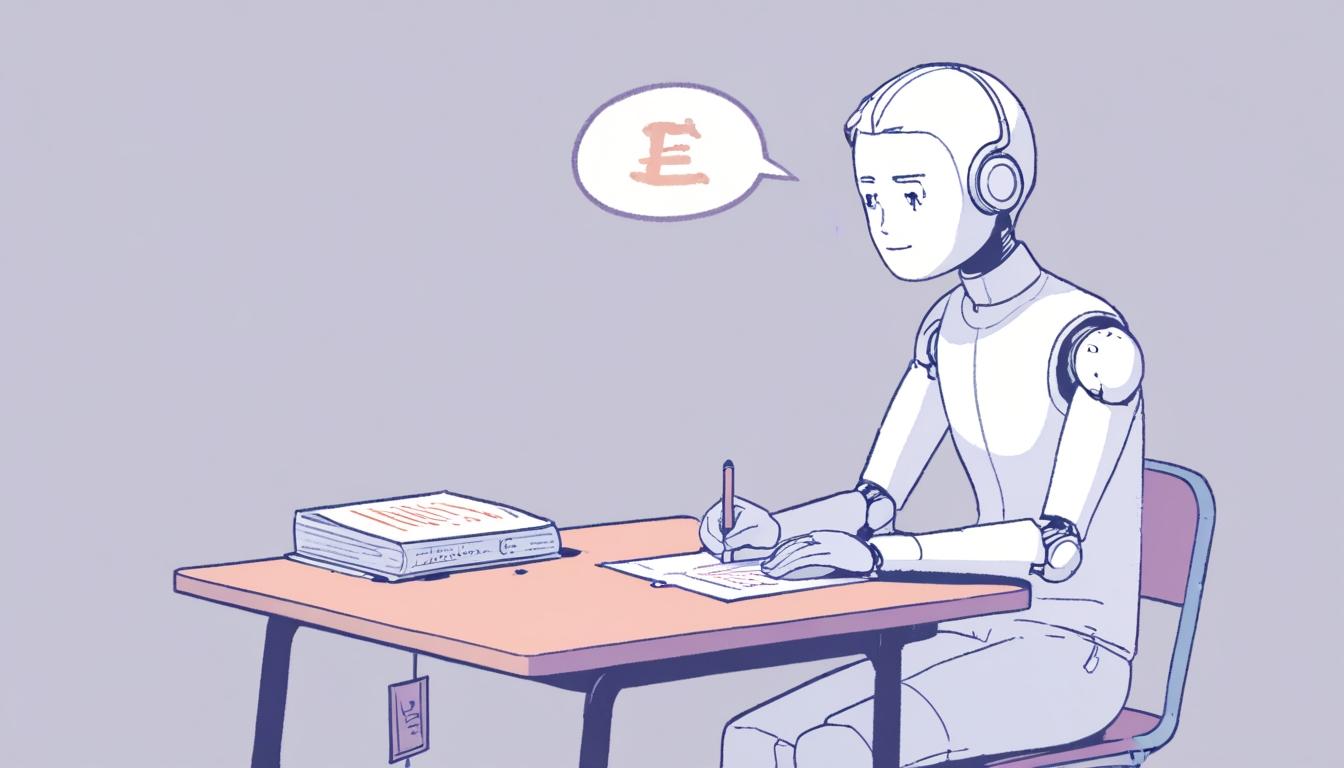The Ethical Crossroads of AI in Education: How ChatGPT is Reshaping Learning
In a rapidly evolving digital landscape, educational institutions are grappling with the implications of artificial intelligence, particularly tools like OpenAI’s ChatGPT. The broader acceptance of these technologies has ignited a vigorous discourse among educators, students, and technologists about the future of learning, assessment, and academic integrity.
Ethan Mollick, a professor at the Wharton School, likens ChatGPT to “a calculator for writing,” suggesting that this comparison, while seemingly straightforward, underscores a far more intricate situation within academia. In recent years, the line separating useful technological assistance from academic dishonesty has become increasingly tenuous, prompting many institutions to reconsider their initial prohibitive policies surrounding these tools. Instead of outright bans, a growing number are beginning to acknowledge the inevitability of AI integration into educational contexts, mirroring its presence in professional environments.
This shift has led to what some educators term a "ChatGPT compromise," where the focus is on integrating AI thoughtfully within curricula. Mollick suggests, “You can use AI to help you write, but you have to cite it.” This pragmatic approach has garnered traction as educators strive to adapt to new realities and leverage AI's capabilities to enhance learning outcomes.
However, the debate surrounding AI's role in education extends beyond mere policy adjustments. It brings to the forefront profound existential questions about the very purpose of education. Patrick Howell O'Neill, speaking on the social platform Bluesky, remarked, “Academia is having a real moment trying to figure out what the point of education is if machines can do the work.” Such reflections mirror broader societal anxieties regarding AI's encroachment into knowledge-driven professions and the unique contributions of human intellect.
Critics express concerns that the rise of AI might exacerbate issues of plagiarism and academic dishonesty. Matt Zeitlin articulated this on X (formerly Twitter), asserting that the current wave of educational technology is poised to make cheating far more accessible. This apprehension is particularly poignant in writing-intensive disciplines, where traditional assessment methods heavily rely on independent thought and originality.
Yet, advocates of AI technology argue that mastering AI literacy is increasingly vital for students' future employability. Osita Nwanevu noted on Bluesky that “students who learn to use these tools effectively will have advantages in careers where AI collaboration is becoming standard.” This perspective calls for educational systems to adapt, preparing students not only to coexist with AI but to leverage it as a supportive tool in their academic and professional pursuits.
Moreover, significant investments from the private sector underscore the urgency of these discussions, with projections indicating a $20 billion market for education-related AI tools by 2027. Educational entities are beginning to explore how these technologies can streamline tasks such as programme design, questionnaire creation, and exam grading. Despite some institutions maintaining strict guidelines against misuse, others champion a balanced approach that incorporates AI's benefits while promoting comprehensive training for educators on appropriate applications.
The integration of AI isn't limited to higher education; it is also making waves in K-12 settings. Educators are innovatively harnessing ChatGPT to simplify explanations of difficult concepts, redistributing classroom time towards more profound analytical discussions. Students have creatively engaged the tool to produce projects ranging from modern translations of Shakespeare to enhancing their writing processes. However, the challenge of ensuring the accuracy of AI-generated content remains a crucial concern.
As these technologies permeate both educational and professional spheres, institutions are adopting nuanced policies aimed at fostering ethical use without stifling creativity. Many are now emphasising transparency, requiring students to disclose AI assistance in their work, while still promoting independent critical thinking.
Megan Herson Horvath, an education researcher, reflected on the shifting focus within academic discourse, stating, “The question isn’t whether students will use AI, but how we can teach them to use it ethically and effectively.” This sentiment encapsulates the essential endeavour to equip students with the critical skills necessary to navigate a future where human-AI collaboration is likely to become the norm.
As educators in various settings continue to confront these challenges, the path forward involves balancing academic integrity with the need to prepare students for a technologically driven world. The integration of AI into educational frameworks not only presents an opportunity to revolutionise learning methods but also poses the ongoing challenge of guiding students towards responsible use of these powerful tools.
Reference Map:
- Paragraph 1 – [1], [3]
- Paragraph 2 – [1], [4]
- Paragraph 3 – [1]
- Paragraph 4 – [2], [6]
- Paragraph 5 – [3], [5]
- Paragraph 6 – [1], [4]
- Paragraph 7 – [6], [7]
- Paragraph 8 – [5], [6]
- Paragraph 9 – [1], [2]
Source: Noah Wire Services
